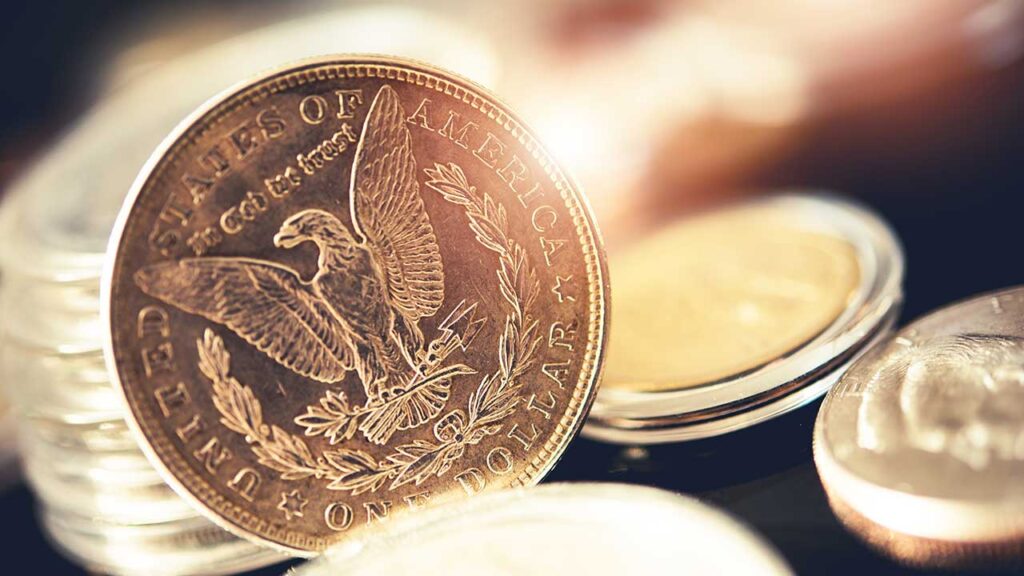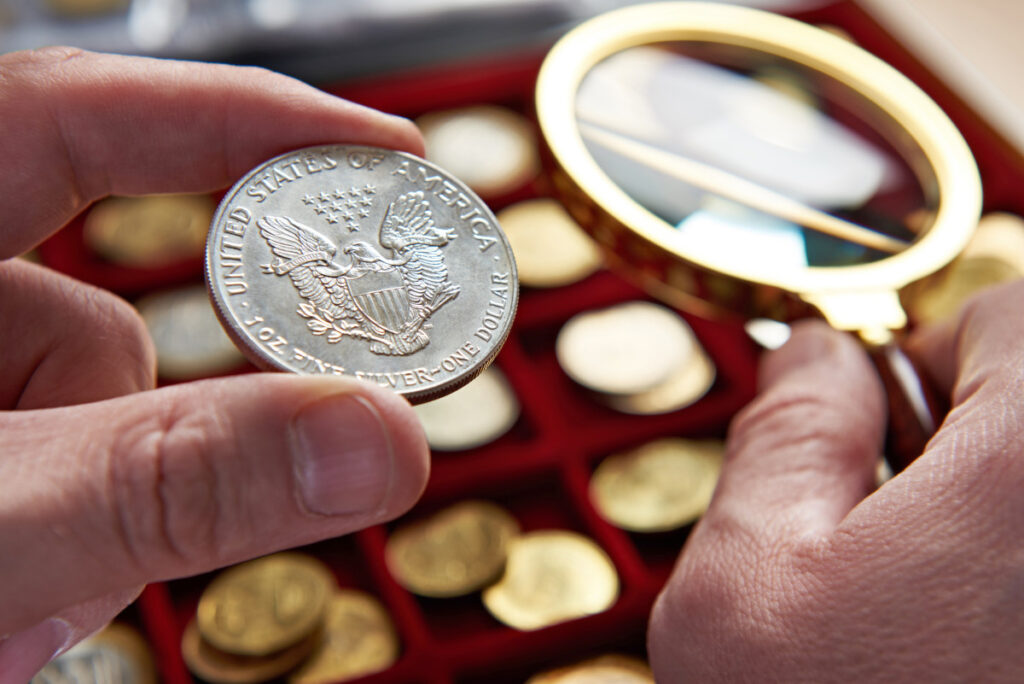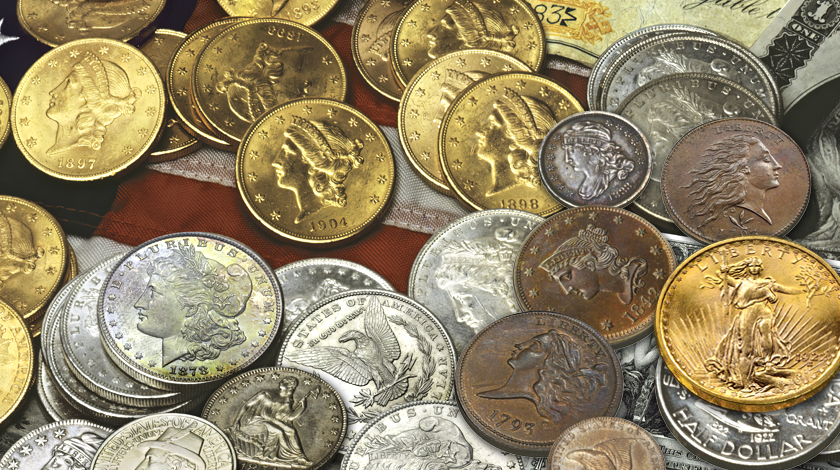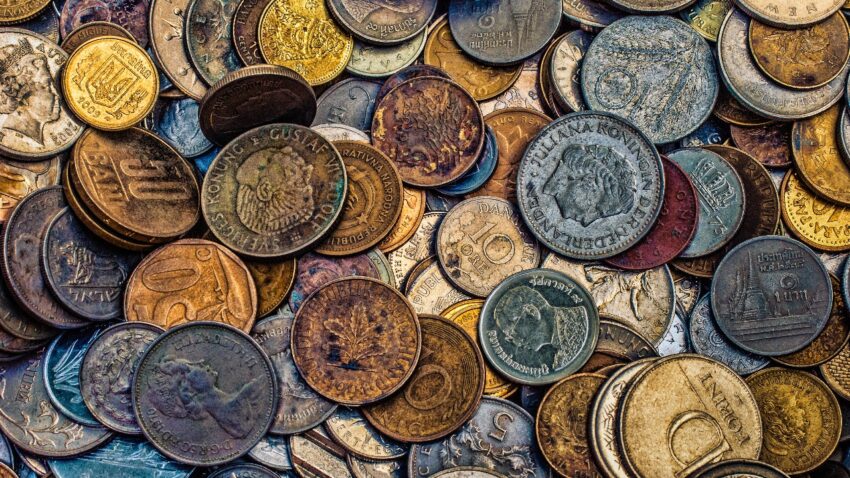When venturing into the fascinating field of coin collecting, understanding the value of rare coins becomes crucial, especially if you plan to make a purchase.
This article aims to provide a comprehensive guide on how to evaluate the value of rare coins effectively. With this knowledge, you can make informed decisions and add valuable pieces to your collection.
The Importance of Research

Before we take a look at practical steps of researching coin values, it’s essential to grasp why thorough research is indispensable.
The market for rare Barbados coins is intricate, with values fluctuating based on factors such as rarity, condition, demand, and historical significance. By gaining a solid understanding of these elements, you reduce the risk of overpaying or acquiring counterfeit or less valuable coins.
Step 1: Coin Terminology
The first step in evaluating a rare coin’s value is to familiarize yourself with the specific terminology used in the numismatic world. Terms like “mint state,” “proof,” “numismatic value,” and “bullion value” are foundational.
Knowing these terms aids in understanding coin descriptions, auction catalogs, and discussions with other collectors or dealers.
Step 2: Identify the Coin

Accurately identifying the coin you are interested in is paramount. Start by noting the coin’s date, mint mark, denomination, and country of origin. These details will help you search for the correct information in price guides, catalogs, and online databases.
Step 3: Assess Rarity
The rarity of a coin significantly affects its value. Factors contributing to a coin’s rarity include the number of specimens minted, the survival rate over time, and the number of similar coins currently available in the market.
Researching through numismatic books and online databases can provide insights into how many coins were minted and how many are believed to exist today.
Step 4: Evaluate the Condition
The condition of a coin, often referred to as its grade, is another critical factor in determining its value. Coin grading ranges from Poor (PR) to Perfect Mint State (MS-70). Coins in better condition are typically more valuable.
Learning to grade coins or consulting with professional graders can offer an accurate assessment of a coin’s condition.
Step 5: Research Historical Value

Understanding the historical significance of a coin can also influence its value. Coins that played a pivotal role in history or are associated with significant historical events tend to attract higher prices.
Researching the coin’s background through historical documents, numismatic publications, and trusted online resources can provide a deeper appreciation and understanding of its value.
Step 6: Check Market Prices
To get a practical sense of what a coin might be worth, examine current market prices. This can be achieved by reviewing recent auction results, checking reputable numismatic websites, and consulting price guides like the “Standard Catalog of World Coins” or the “Red Book” in the U.S. Prices can vary based on market trends, so it is crucial to review the most current information available.
Step 7: Consult with Experts
Connecting with experienced collectors and reputable coin dealers can offer invaluable insights. These individuals have the expertise to provide guidance on the value of rare coins and can offer advice based on years of experience.
Moreover, they can alert you to any nuances in the market or specific issues with the coin you might not have noticed.
Step 8: Attend Coin Shows and Auctions

Attending coin shows and auctions provides an opportunity to see a variety of coins and observe how they are valued and traded in a live setting.
This experience is not only educational but also allows you to network with other collectors and professionals in the field, further enhancing your understanding and expertise.
Step 9: Use Online Resources and Tools
Several online tools and resources can aid in researching coin values. Websites like PCGS (Professional Coin Grading Service) and NGC (Numismatic Guaranty Corporation) offer databases with detailed information on a wide range of coins, including high-resolution images and sale histories.
Step 10: Keep Updated
The numismatic field is dynamic, with new discoveries and market shifts occurring regularly. Keeping yourself updated with numismatic news, subscribing to coin collecting magazines, and participating in online forums are excellent ways to stay informed.

